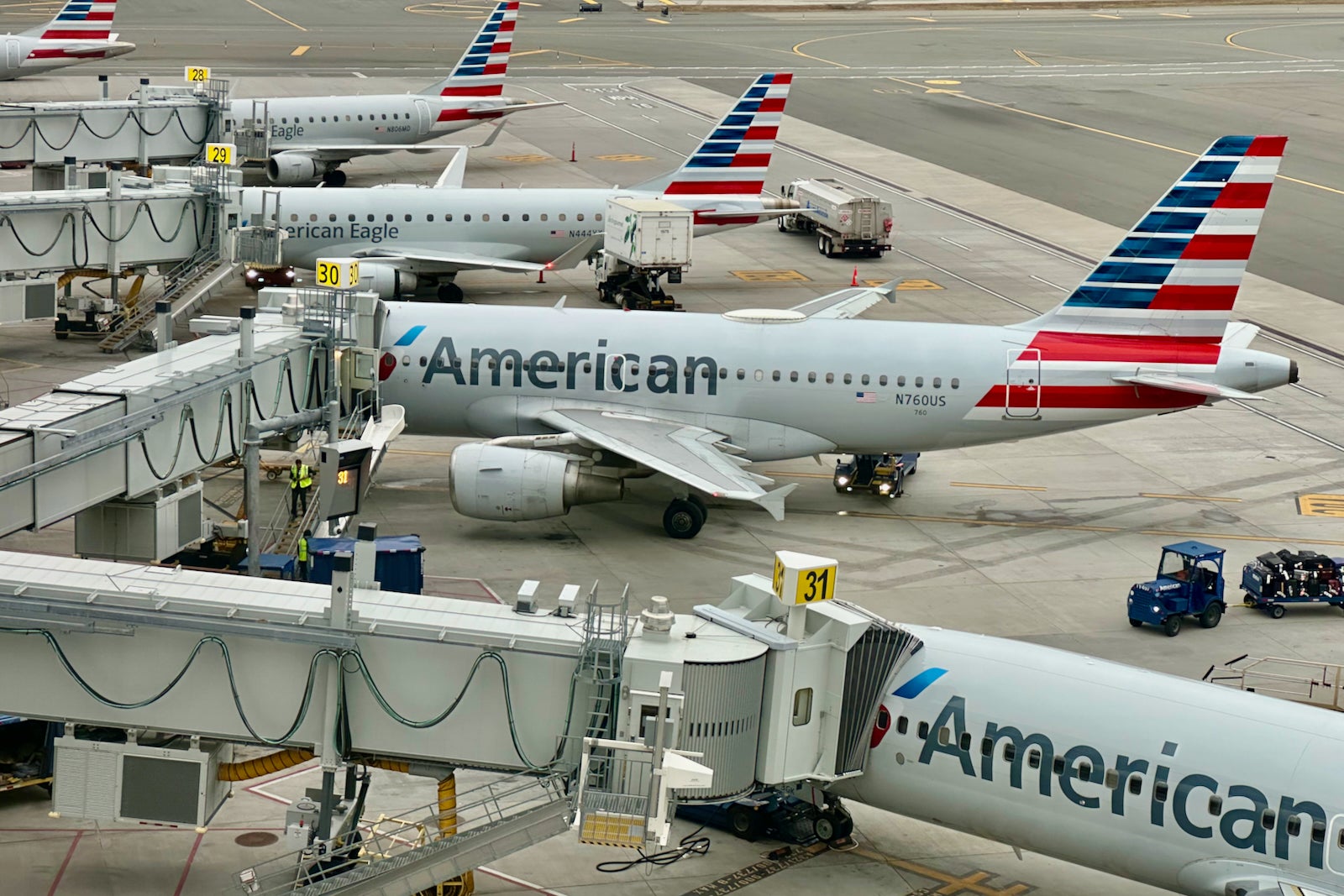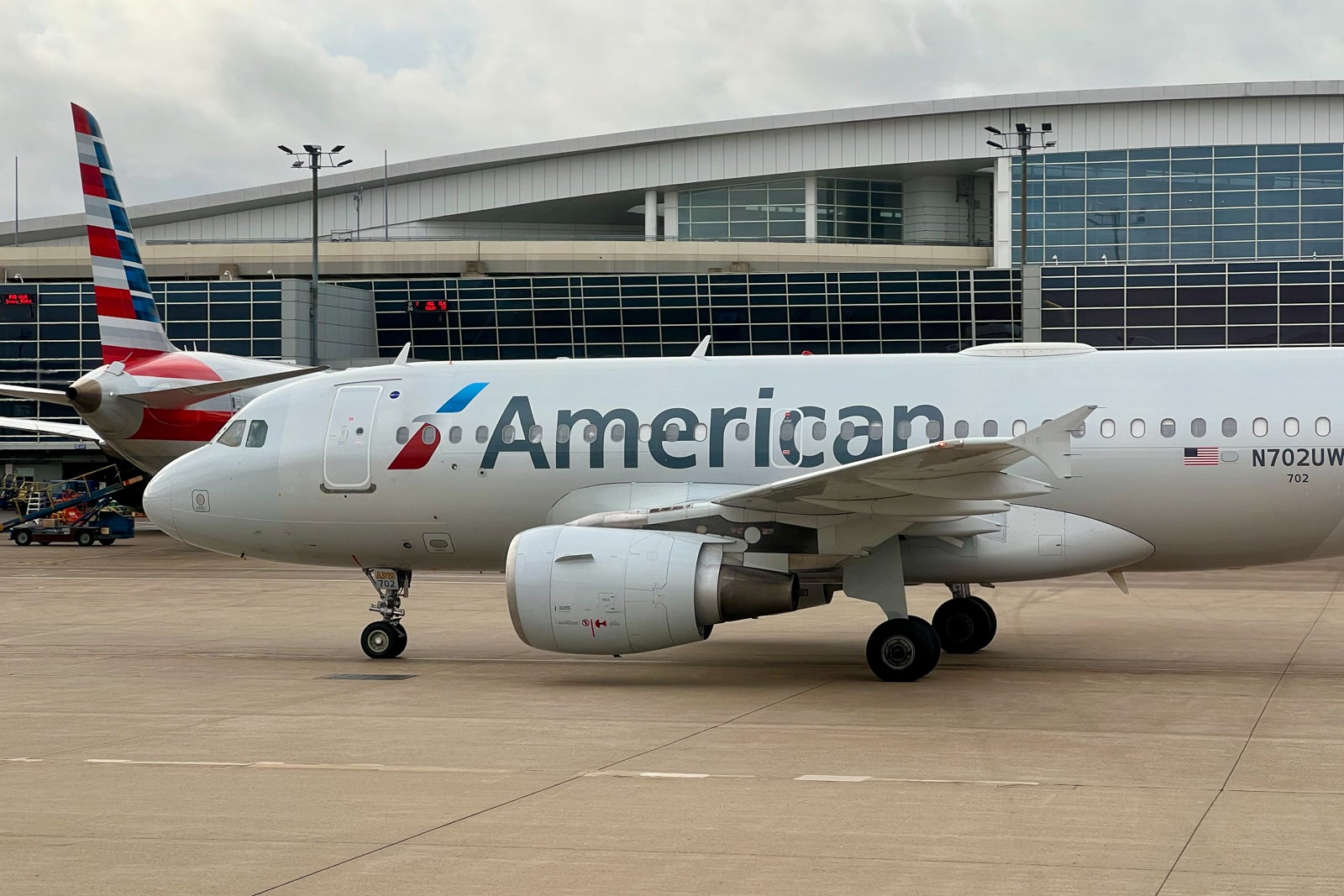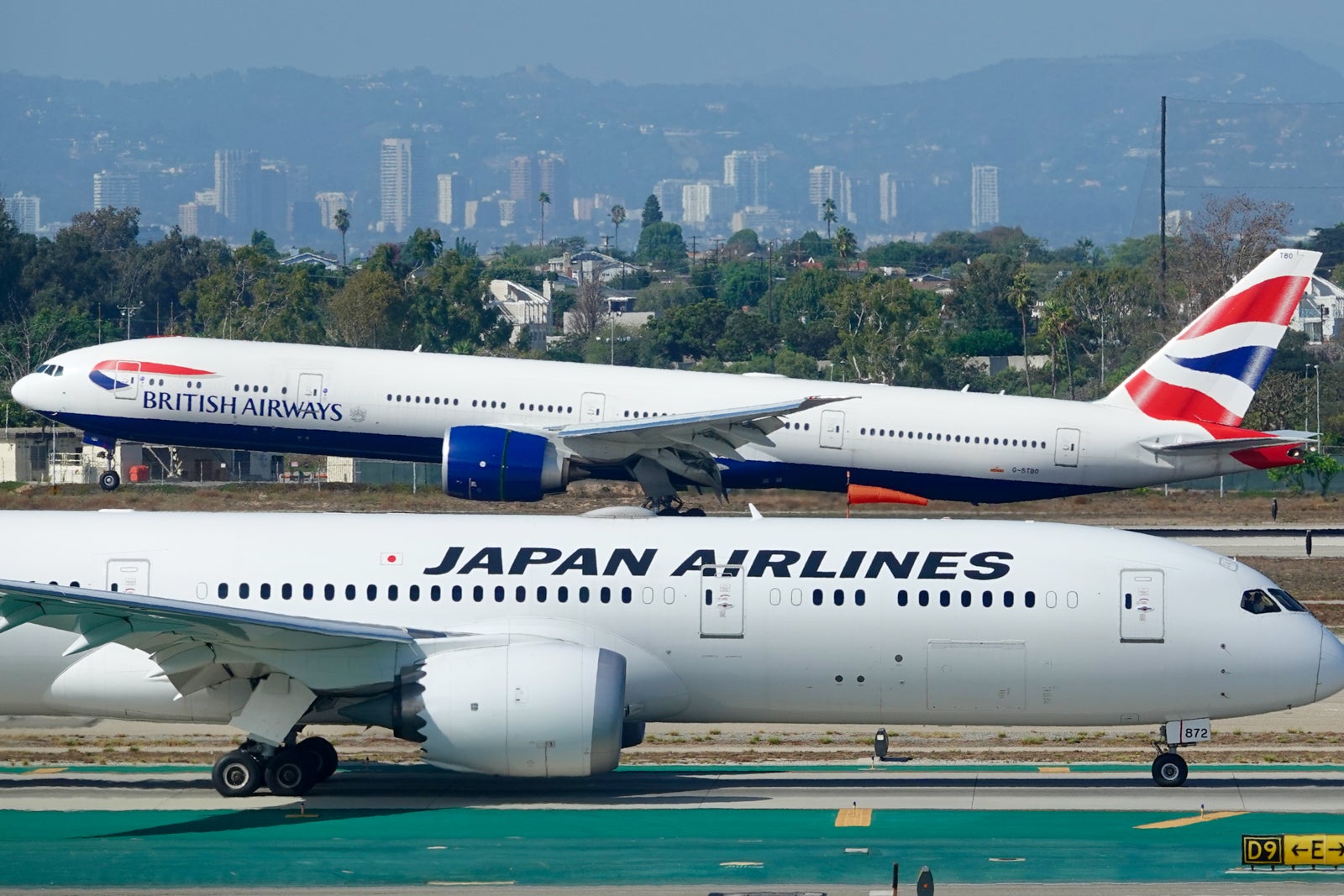What is now the biggest carrier in the world began as most ambitious ventures do: small and insignificant.
American Airlines traces its history to a 1926 flight from St. Louis and Chicago. Charles A. Lindbergh, chief pilot of Robertson Aircraft Corporation, carried a bag of mail on this otherwise normal flight. But Robertson is one of the many airlines acquired or combined to make up the current-day American Airlines.
Many airlines of that era began by carrying mail. However, according to American Airlines’ history page, American became the first airline to fly the Douglas DC-3 in commercial passenger service between New York and Chicago in 1936. The airline began trading on the New York Stock Exchange in 1939 and introduced airport lounges for passengers in 1940.
The airline has undoubtedly changed and grown over the years. So, let’s consider American Airlines’ route history and then discuss its current hubs and partners.
American Airlines route history

In 1945, American Airlines began transatlantic service by strategically acquiring American Export Airlines and renaming it American Overseas Airlines. Within the first three years, transatlantic service expanded to Northern European countries, including the United Kingdom, the Netherlands, Germany, Iceland, Norway, Denmark, Sweden and Finland. However, American Overseas Airlines was taken by Pan Am Airways in 1950 and eventually became part of Delta Air Lines.
Another milestone route for American Airlines was introducing its nonstop transcontinental service in 1953 with the Douglas DC-7. In 1959, American began scheduled transcontinental passenger service on the Boeing 707 between New York and Los Angeles.
American made a play for the Caribbean by picking up new Caribbean routes when it merged with Trans Caribbean Airways in 1970. American introduced its American Eagle system in 1984, using regional airlines to operate short- and medium-haul feeder flights to its hub airports. American expanded its service to Latin American destinations in 1989 when it picked up several key routes from struggling Eastern Airlines.
In 1999, American Airlines, British Airways, Canadian Airlines International, Cathay Pacific Airways and Qantas Airways joined as founding members of the Oneworld alliance.
Now, American Airlines serves a handful of destinations in Asia, Oceania and the Middle East. But its ubiquity in the markets of North America, South America and Europe can be attributed to its aggressive mergers over the past 75 years.
Related: Your ultimate guide to the American Airlines AAdvantage loyalty program
American Airlines hubs

Hub airports exist in a hub-and-spoke system as connecting points for many travelers. As such, you’ll often need to change planes in one of American’s hub airports unless you’re originating or terminating at a hub.
American established its first hub-and-spoke airport hub in Dallas in 1981. Now, Dallas serves as the carrier’s largest hub. American established another major hub in Miami in 1989 once it acquired some Eastern Airlines routes. This Miami hub currently offers a handful of transatlantic flights and easy access to the Caribbean and Latin America.
American secured hubs in Charlotte and Philadelphia — and expanded its hub in Phoenix — as it absorbed US Airways in 2015. US Airways had used these airports as hub-and-spoke airports, and American Airlines continued this strategy.
Currently, the biggest American Airlines hubs are:
- Charlotte Douglas International Airport (CLT)
- Chicago’s O’Hare International Airport (ORD)
- Dallas Fort Worth International Airport (DFW)
- Los Angeles International Airport (LAX)
- Miami International Airport (MIA)
- New York’s John F. Kennedy International Airport (JFK)
- New York’s LaGuardia Airport (LGA)
- Philadelphia International Airport (PHL)
- Phoenix Sky Harbor International Airport (PHX)
- Ronald Reagan Washington National Airport (DCA)
Dropped American Airlines hubs
Like all airlines, American has adjusted its hubs as it has evolved. That’s included new hubs — including some added through mergers — and occasional cuts. Among the carrier’s notable former hubs are:
- Las Vegas’ Harry Reid International Airport (LAS): Served as a hub of America West Airlines and then US Airways until 2008
- Nashville International Airport (BNA): Served as a hub of American Airlines until 1996
- Pittsburgh International Airport (PIT): Served as a US Airways hub until 2004
- Raleigh-Durham International Airport (RDU): Served as an American Airlines hub until 1995
- St. Louis Lambert International Airport (STL): Served as an American Airlines hub until 2009
Related: Which credit card should you use for American Airlines flights?
International hubs for American Airlines partners

American Airlines flies nonstop to London’s Heathrow Airport (LHR) from many U.S. cities, including some that aren’t current hubs. Heathrow is also a major hub for Oneworld partner airline British Airways.
Beyond that, American Airlines has codeshare agreements with many airline partners, including its Oneworld alliance partners. Through these codeshare agreements, American Airlines sells seats on other airlines to help you get where you’re going.
Here are some international airports that serve as hubs or focus airports for American Airlines partners:
- Hong Kong International Airport (HKG) for Cathay Pacific
- Madrid’s Adolfo Suárez Madrid-Barajas Airport (MAD) for Iberia
- Tokyo’s Narita International Airport (NRT) and Haneda Airport (HND) for Japan Airlines
- Sydney Airport (SYD) for Qantas
- Doha’s Hamad International Airport (DOH) for Qatar Airways
- Kuala Lumpur International Airport (KUL) for Malaysia Airlines
- Casablanca’s Mohammed V International Airport (CMN) for Royal Air Maroc
- Amman’s Queen Alia International Airport (AMM) for Royal Jordanian
- Helsinki Airport (HEL) for Finnair
American has many more partners than are mentioned above. You can see all the partners on the American Airlines partners page.
Related: The best websites for searching Oneworld award availability
Bottom line
Once a simple mail delivery service, American Airlines and its partners can now take you just about anywhere on the planet you want to go. American has an enormous fleet as well as airline partners in the Oneworld alliance and beyond that work together to serve more than 900 destinations.



